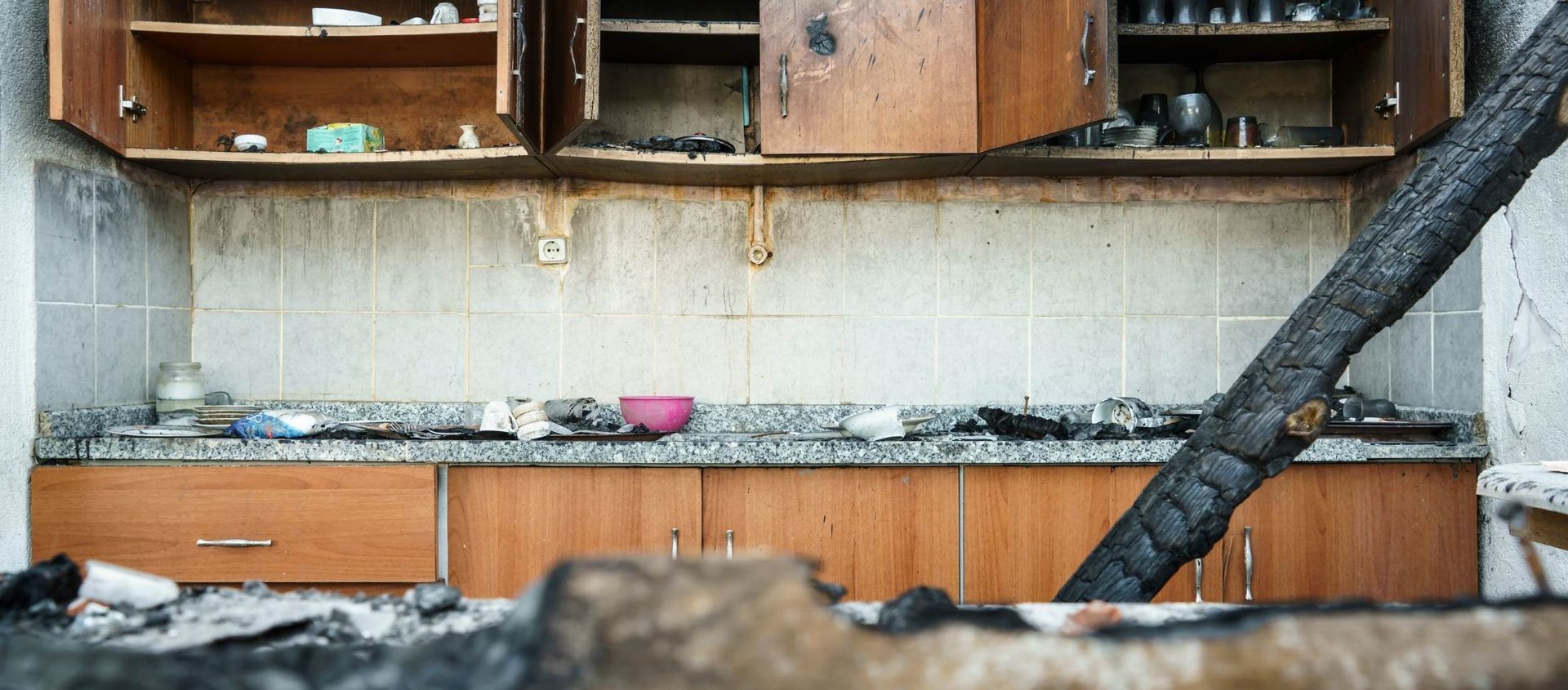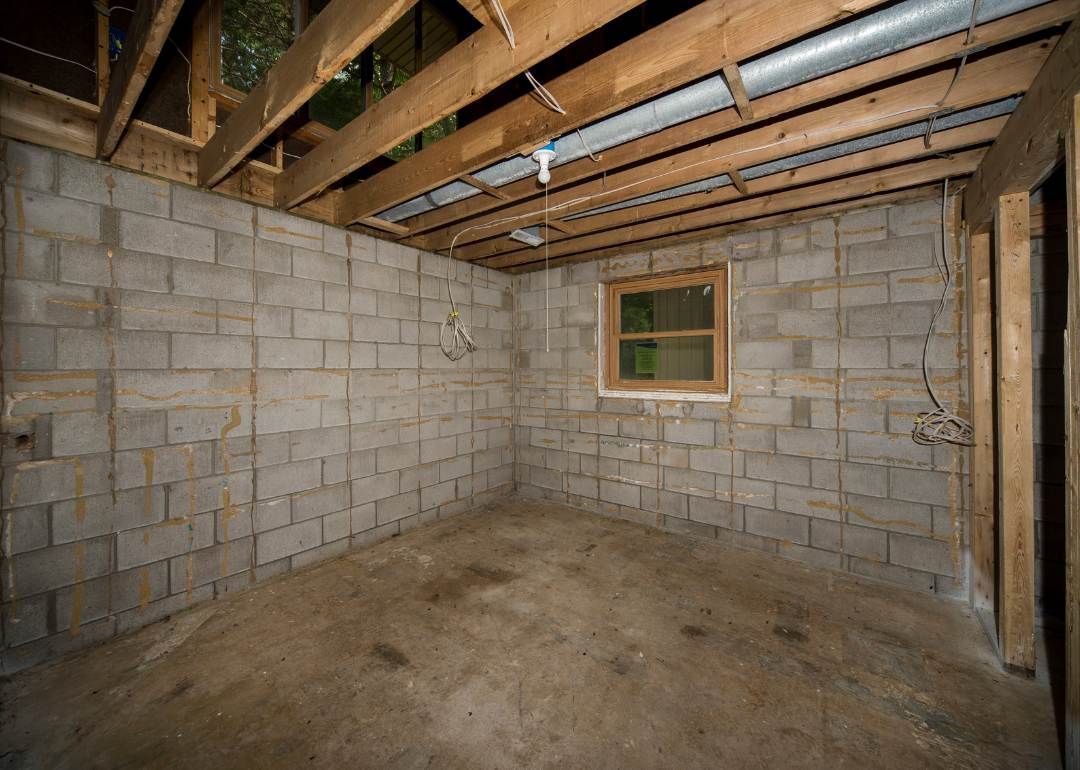Health & Safety Risks Of Smoke Damage
Health Risks As A Result Of Smoke Damage
Smoke is a poisonous combination of particles and gases. Inhalation causes edema in the lungs and airways, which prevents oxygen absorption. Smoke damage persists even after the fire has been extinguished. Smoke damage that persists might be hazardous to your health. Continue reading to learn more about how smoke damage cleaning may help you prevent these health and safety hazards.
- Irritated Eyes: You will notice that your eyes are inflamed if you are in a house after a fire. Soot and smoke damage causes watery, unpleasant, itchy red eyes. The consequences of the fire linger even after it has been extinguished.
- Even within locked closets and dresser drawers, there is particulate debris left behind from the fire. The smoke residue settles in colder places. As a result, there's usually more residue behind the blinds and curtains than there is in the area with the fire.
- Irritated Skin: The spot left from a fire causes irritation and damage to the skin. No amount of lotion will fix the dryness since it stems from the smoke particles in the air.
- Asthma & Respiratory Trouble: Asthma is a lung condition in which the airways to the lungs become inflamed, making breathing difficult. Asthma affects a little more than 8% of children. This is made worse by soot and mold. Even in sections of the house that were not damaged by the fire, smoke damage persists.
Particulate matter may be found on walls, carpets, and furniture, and it can enter deep into the lungs. Carbon monoxide, carbon dioxide, and soot are all harmful ingredients in smoke. The toxins persist even after the fire has been extinguished. If a kid or adult with asthma is exposed to the damaging effects of smoking, they are at risk of irreversible lung damage.
- Smoke Damage Restoration: If you've had a fire in your house, you'll need to hire a professional to clean it up. Smoke dispersion is influenced by the surroundings, airflow, and temperature. A professional is aware of how these factors influence the cleaning procedure.
- Environment & Temperature: Smoke travels toward cooler regions because warm air stimulates molecules. This implies that the insides of closets and drawers are subjected to increased wear and tear. The regions behind the blinds frequently reveal the extent of the damage.
- Air Circulation: A professional fire damage & smoke damage restoration expert will be familiar with your home's air circulation arrangement. They'll search for damage in locations you wouldn't expect. Ductwork, for example, can carry smoke damage to rooms far away from the fire. Due to air circulation, soot residue has grown around door openings and in the ceiling spaces above them.
Mold & Fire Damage Restoration
Mold is another unpleasant consequence of many home fires. The water used to put out the fire spreads throughout your home. Mold may infect stagnant water in as little as a few days.
Although mold may not harm everyone, it is a common allergen with a variety of potential symptoms. Mold may create a slew of issues for those who are vulnerable. Among them include, but are not limited to:
- Coughing & scratchy throat
- Breathing problems
- Sneezing
- Irritated, watery eyes
If you have asthma, mold might aggravate your symptoms. Mold can also cause skin infections.
Smoke Damage Restoration: Leave It To The Professionals
Our professional fire damage restoration specialists here at DryMax Restoration are excellent at cleaning up smoke damage. During the restoration process, professionals employ cutting-edge procedures. There's a lot more to fire damage restoration & smoke damage restoration than just having things seem nice. By-products of fire, such as soot and mold, are hazardous to your health. If you've had a fire in your house, don't come back until the cleanup is finished.
Your property is secured by professionals to avoid additional harm. They'll use adequate ventilation to eliminate dust and soot from the air. When eliminating fire by-products, professionals wear protective clothes and masks. They clean every surface in your home with specific cleaning solutions to protect it from future harm caused by the acid in the soot.
When it comes to fire damage restoration & smoke damage restoration, don't take any chances. Contact DryMax Restoration today to get the help you need to restore your home.
You might also like
DryMax Restoration Blogs




